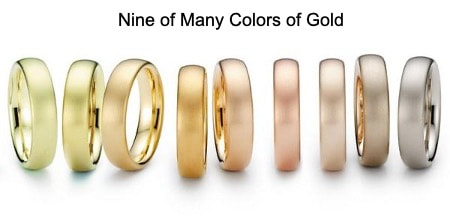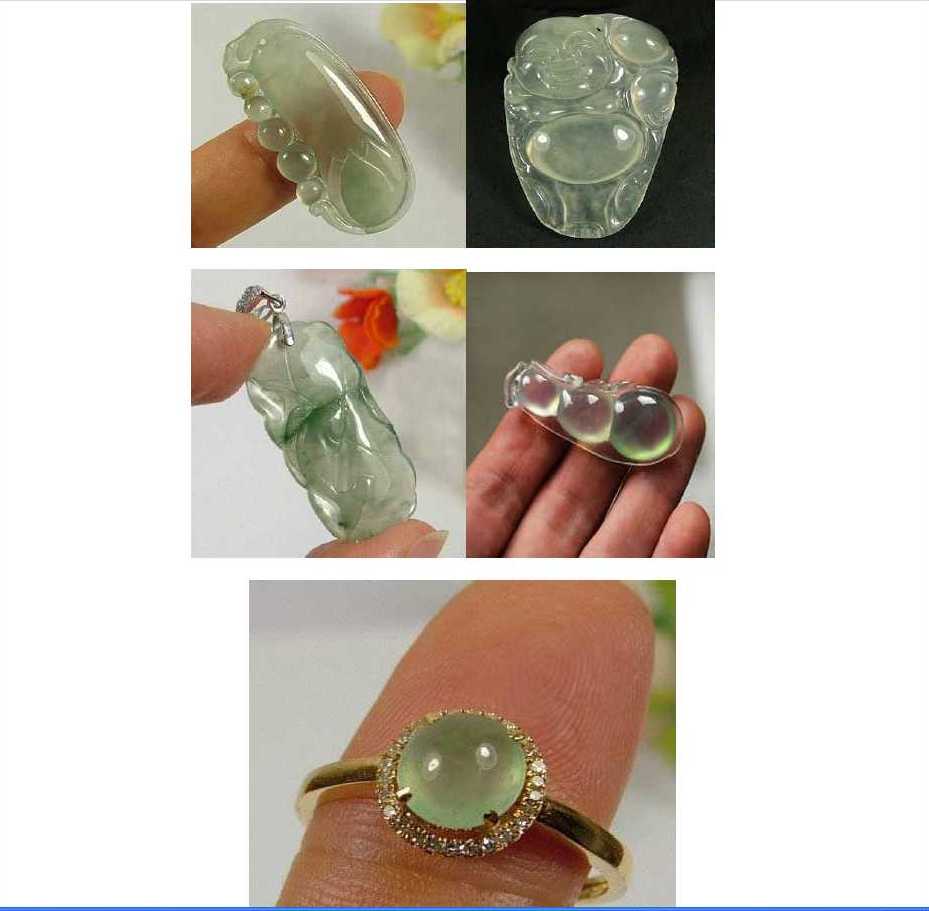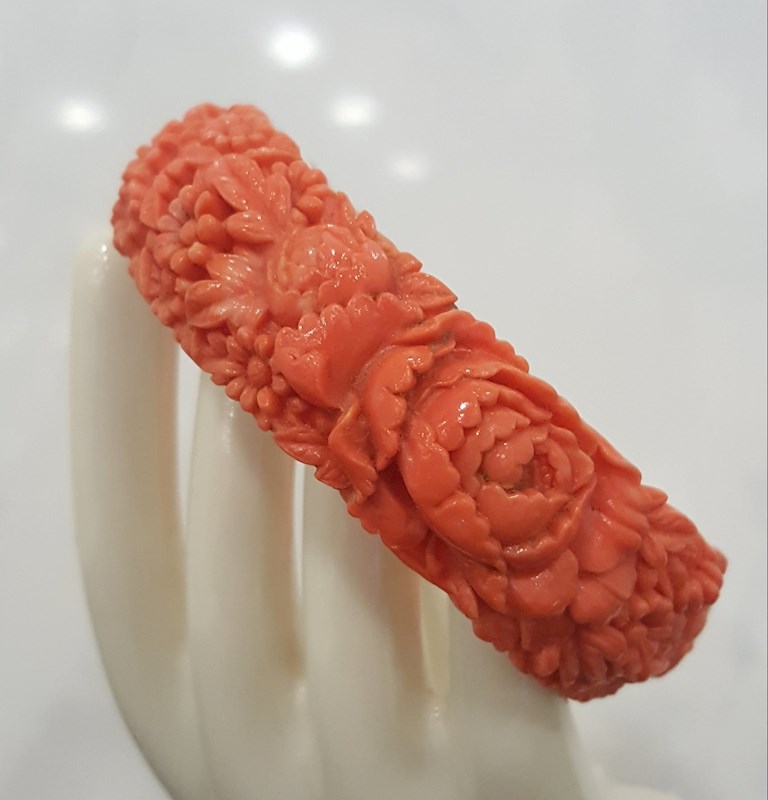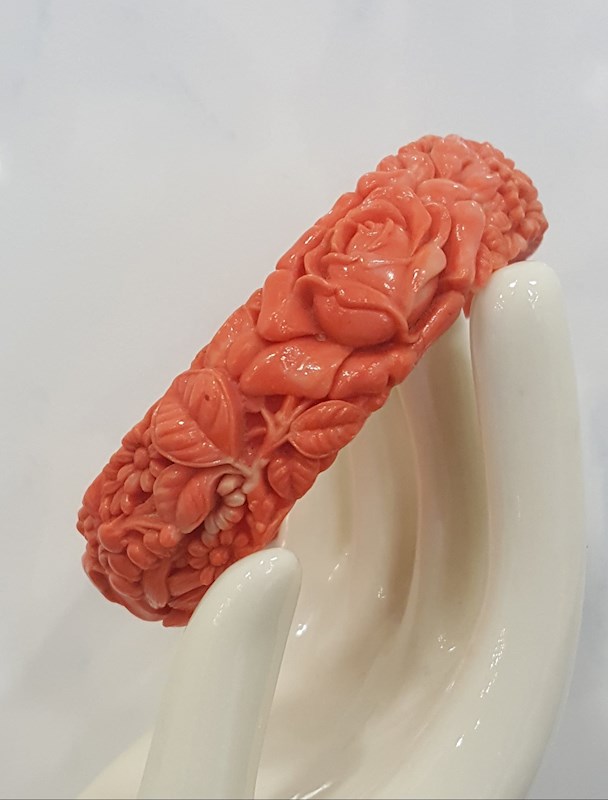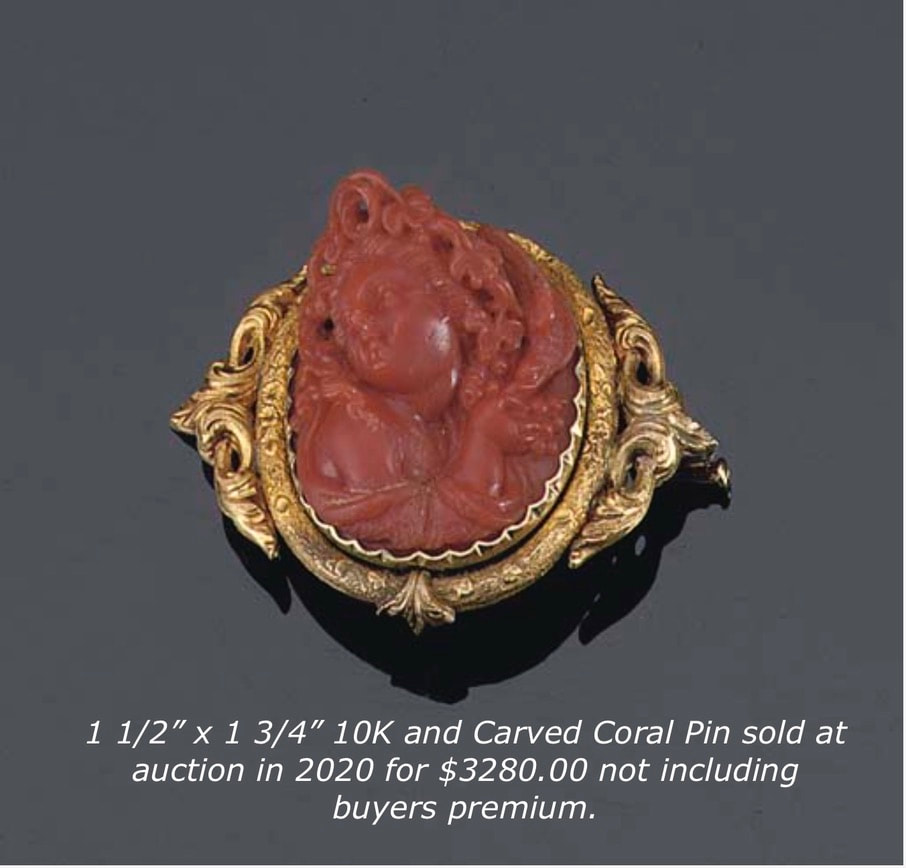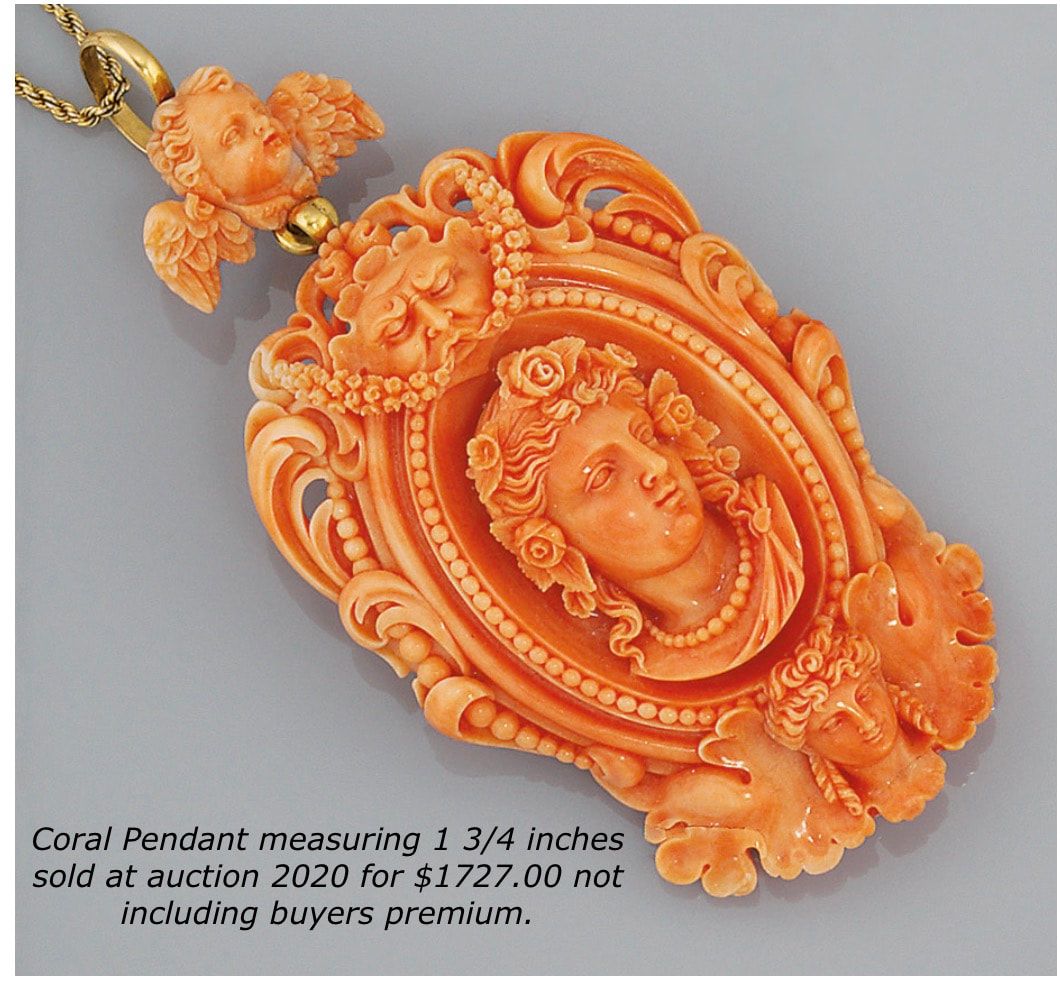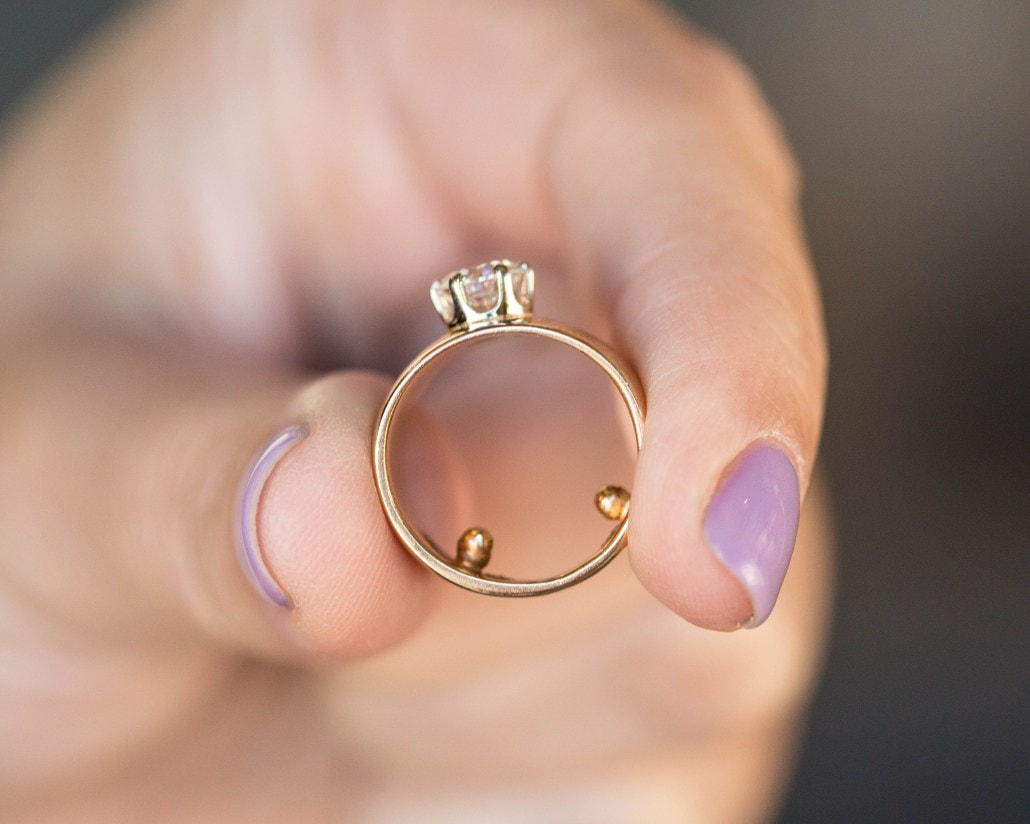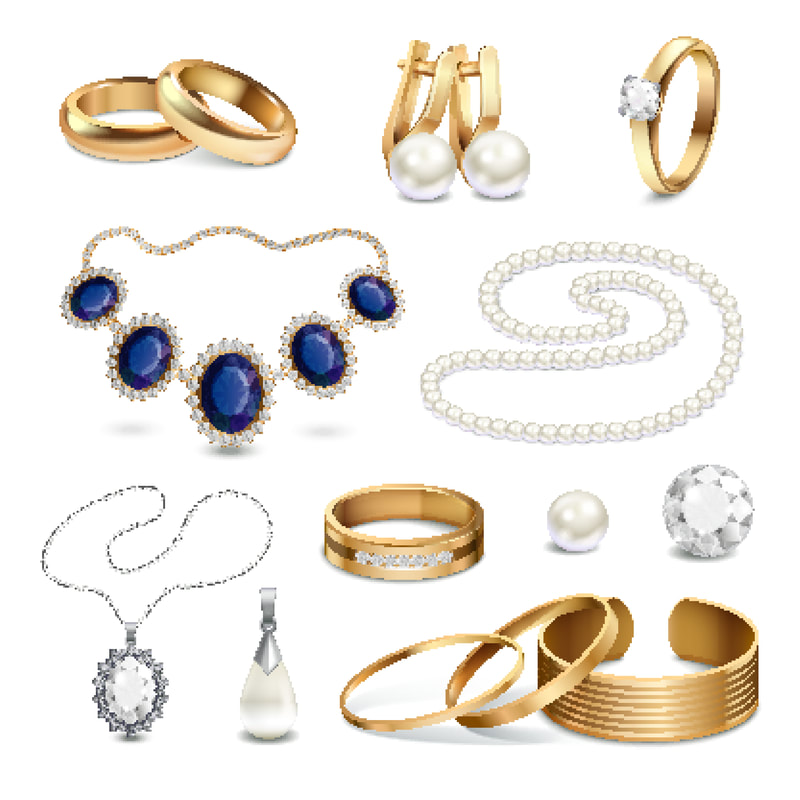|
Yes. There will be a Christmas/Hanukkah Sale. We like to think that we already offer the lowest prices around, but we do offer 10% off during the Christmas/Hanukkah Period. Look for our sale to begin 15 November and run through 25 December. Just use the Coupon Code HOLIDAYS21 at checkout, or we will deduct 10% if using Venmo via Venmo email or our Contact Form. Mahalo for asking.
0 Comments
Yes. As of 18 Sep 2021 we are accepting venmo. When purchasing with venmo you will not use our Shopping Cart, however. Go to our "Payment, Shipping, & Returns" Page for details for using venmo. Just 3 steps: 1) Use our "Contact" page to let us know you would like to use venmo; send us a note with your venmo @username, phone, or email, and SKU or Ref: Number of the item you would like to purchase; 2) We will send you a venmo request for payment/invoice; and 3) Your jewelry will ship immediately upon receipt of payment. Yes - it's that easy!
Most jewelry buyers are familiar only with the traditional "White" or "Yellow" Gold. However, Gold actually is produced in a number of colors. To achieve the different possible colors of Gold, pure Gold is alloyed with different metals. Let's take, for example, Red, Rose, or Pink Gold. Here some historical background, and the percentages of Gold alloyed with different metals to achieve these colors: Rose Gold is a Gold–Copper alloy widely used for specialized jewelry. Rose Gold, also known as Pink Gold and Red Gold, was popular in Russia at the beginning of the nineteenth century, and was also known as Russian Gold, although this term is now obsolete. Rose Gold jewelry is becoming more popular in the 21st Century, and is commonly used for wedding rings, bracelets, and other jewelry. Although the names are often used interchangeably, the difference between Red, Rose, and Pink Gold is the Copper content: the higher the Copper content, the stronger the red coloration. Pink gold uses the least Copper, followed by Rose gold, with Red Gold having the highest Copper content. Examples of the common alloys for 18K Rose Gold, 18K Red Gold, 18K Pink Gold, and 12K Red Gold include:
You can read more about the different colors of Gold at this link. Wikipedia Article on Colored Gold.
Good question! Simple answer - No Difference. Transparent/Transluscent and primarily Clear Jadeite used to be called Water Jade or Glassy Jade. Crystal Jade was coined as a commercial name for this Jade. Today the name has evolved in common usage to become Ice or Icy Jade. Here’s a great article by Eric Hoffman that further clarifies how Glassy Jade became Icy Jade. Icy Jade by Eric J. Hoffman, ASJRA Contributing Editor What is icy jade? Jade that was left out too long in the winter weather? Or is it something rare and valuable? Newsletter readers know that nearly all jewelry jade is Burmese jadeite, one of the two types of true jade. (The other true jade is nephrite, usually seen as carvings and ancient Chinese artifacts.) The term “icy jade” has become more commonplace in the past few years to refer to Burmese jadeite of exceptional translucency. The important attributes of jewelry jadeite are color, texture, clarity, and translucency. The most highly prized color is “Imperial Green,” a deep emerald green imparted to the jade by chromium ions. Texture refers to the compactness and uniformity of the jadeite’s microcrystals; the finer the texture, the better (brighter) the polish the stone will take. Clarity is absence of distracting inclusions. And translucency refers to how much light can be transmitted through the stone. At its best translucency becomes transparency, the ability to actually read printed text through the stone. Exceptionally translucent (or even transparent) jade that is highly compact and free of inclusions is called “icy” jade, and commands premium prices in the jewelry trade. Years ago icy jade was referred to as “water jade” or sometimes “glassy jade” and was not considered especially valuable. In a triumph of marketing Christie’s introduced the sexier term “crystal jade,” which later evolved to “icy jade.”
Unfortunately, most of these measures for jadeite are subjective and without strict definitions, unlike, for example, grading diamonds. This can lead to all kinds of exaggeration depending on the whether the dealer is buying or selling. One attempt to bring objectivity to measuring translucency is the six-grade scale introduced by Ouyang Qiumei in her book Jadeite Jade: a Stone and a Culture. On this scale icy jade (she uses the older term “glassy”) grades out as 1 or 2 (“transparent” to “very transparent”). Keep in mind that the thickness of the stone must be considered when evaluating translucency. The best defense for the prospective buyer is to see and handle as much icy jade as possible before making a purchase. And as always, the more reputable the dealer, the more likely you will be happy with the purchase Very good question. The answer is both simple, and not-so-simple. The simple answer is that "Genuine" fine Coral, like fine Jadeite, is both rare and expensive. Vintage pieces in particular are sought by collectors and jewelry connoisseurs and, accordingly, command very high prices in a very competitive marketplace. The not-so-simple answer is that the jewelry marketplace is literally flooded with counterfeit Coral being marketed as genuine, gemstone quality, Coral. There are any number of materials that are used in the fabrication of counterfeit coral from plastics, to glass, colored ceramics, to actual Coral fragments that have been ground to powder, dyed, mixed with resin, cast and polished, and sold as natural, untreated, Coral. In the latter case of resin-based powered Coral, the seller can legitimately advertise the item as "Coral" - albeit not as "Natural and Untreated Coral." It is very, very difficult for the average buyer to discern the real from the counterfeit. You cannot rely on the setting used for the Coral, as Silver, Vermeil, and Gold are used as settings to create the perception of the setting holding a genuine piece of quality Coral. Below is an example of a bracelet found for sale in a local Antiques & Collectibles Shop. It was presented as a genuine Vintage Coral Bracelet with an asking price of $250.00. It is absolutely counterfeit. The owner, whom we know, was not intentionally selling counterfeit goods, but not being experienced in Coral, genuinely believed it was good Coral. He has since removed it from sale. Were it a genuine, gemstone grade, Vintage Coral Bracelet with this detail, you could expect a fair market value of $2000.00 or more. Also below are a pendant and pin in gem-quality Coral and their realized auction prices. Just as you would be suspicious of anyone advertising 1-Carat Diamonds for $100 you should equally be suspicious of Coral being sold at low prices. Your best defense is to familiarize yourself with Coral-as-a-Gemstone, and do some basic research before you buy. Visit reputable sites: Sotheby's, Christie's, Cartier, Van Cleef and Arpels, even 1stDibs, and note their prices for custom, high-quality, Coral. Finally, buy from trusted dealers and ONLY those who will offer you a full money-back guarantee on your purchase if found to be anything other than natural, untreated, Coral. We offer that guarantee on all of our items. Simply, "It is what we say it is, or your money back." Great question! When we talk about antique jewelry we often ascribe jewelry pieces to the styles of any of six jewelry "Eras." These six eras are: Georgian, Victorian, Edwardian, Art Nouveau, Art Deco, and Retro. (From: Estate Diamond Jewelry)
The Georgian Era (1714-1837): The Georgian Era lasted for over 100 years and spanned four English Kings: King George I, King George II, King George III, and King George IV. While the era is impressive simply because of the length of time it encompassed, the reality is that Georgian Era jewelry advanced more slowly than the jewelry styles of other eras. High-quality Georgian Era jewelry is difficult to find today. Most of the fine Georgian jewelry is sitting in museums, is lost, or is part of an heirloom. Typically pieces from this era consisted of high karat gold and silver. The common stones found in Georgian jewelry consist of foil-backed diamonds, topaz, and garnet and primitive cutting tools and techniques were used. The diamond cuts are point-cuts, table cuts, Old Mine cuts, cushion cuts, single cuts, and rose cut. The Victorian Era (1837-1901): The Victorian Era is a reference to Queen Victoria of England. She reigned during this time and was responsible for much of the great changes in the jewelry styles. The era itself splits into three periods. Each of these three stages correlates to the different periods of Queen Victoria’s life.
The Edwardian Era (1901-1915): The Edwardian Era follows the reign of England’s King Edward. King Edward reigned from 1901-1910 and was the last monarch to serve as a namesake in jewelry history. This period, also known as La Belle Epoque Era, is the first time platinum was officially a part of the jewelry scene. Although platinum was first crafted together with gold, it very quickly grew in popularity and was later an item of its own. Diamonds and pearls retain their prestigious status during this period. Compared to those of the Victorian Era, Edwardian engagement rings and other pieces from the Edwardian Era are ornate, intricate, and flowery. Contributing to this style are the techniques of openwork filigree and fine milgrain introduced during the Edwardian times. The Art Nouveau Era (1890-1910): The Art Nouveau period, derived from the French for “New Art,” was named after the 1895 opening of Siegfried Bing’s Parisian gallery “Maison de l’Art Nouveau.” This era’s aesthetics is also Arts and Crafts, Jugendstil, Liberty Style, and Secession, to name a few. Designs of this era are organic, flowery, and draping. While the timeframe of the period overlaps with the Edwardian Era, the styles were entirely different. While Edwardian Era jewelry is full of detail, symmetrical, and delicate, Art Nouveau jewelry is a celebration of free form. Art Nouveau style contains an organic structure with no symmetry. Genuine Art Nouveau jewelry from the early 1900’s is very difficult to find. The Art Nouveau jewelry that has survived is very hard to obtain. The Art Deco Era (1920-1945): The Art Deco period, emerging after the conclusion of World War I, took its name from the French architect Le Corbusier. He titled the Exposition Internationale des Arts Décoratifs et Industriels Modernes simply “1925 Expo: Art Deco.” A far cry from Georgian Era jewelry, Art Deco pieces are known for being geometrical, angular, and clean. The Art Deco style inspired many architects to design landmarks using these concepts. Platinum was the primary metal of the Art Deco Era. The diamonds, sapphire, rubies, onyx, and emeralds helped assert the bold and prominent aesthetics of the time. The Retro Era (1939-1950): The Retro Era concluded with the end of World War II. The style is heavily inspired by the war and the victory that followed. The symmetrical element from the Art Deco Era was not disregarded with the shift into the Retro Era, but rather was interpreted into a bolder and stronger design. Retro Era jewelry will always be very large and bold. Gemstones are large and colorful. Platinum and yellow gold are both common. White gold began to gather traction. Which jewelry era is your favorite? What is your favorite era among the six eras of antique jewelry? Tell us in the comments below. - - - - - - - - - Attributed to "The Six Eras of Antique Jewelry" https://www.estatediamondjewelry.com Our recommendation is to NEVER "Cut Down" a ring if there are other options available. For example, the photo shows how "Sizing Beads" can be applied, in different sizes, to the inside of the ring. These will reduce the size of the ring and still be a comfortable fit without cutting, and perhaps damaging, the ring. Should you need to make the ring larger later on, you can remove the sizing beads or replace them with smaller beads, again, without damage to the ring.
A few not-to-well hidden "Secrets" of the jewelry trade:
1) We want to sell jewelry! We often have clients submit a private "Offer" via our Contact Page. Sometimes it's "Close Enough" and we close the deal. So, yes. All jewelers will accept "Offers" on their jewelry items. 2) We want you to be pleased with your purchase so that you'll come back, and that you'll tell your friends. If we can make our clients happy by negotiating a few percent here or a few percent there, of course we will. All jewelers will do that. 3) We don't make astronomical profits on our items. Tales of 500% and 1000% profits are just that. Tales. To stay in business we have to be competitive. Our prices are market driven by, among other things, the price of precious metals and the price of semi-precious and precious gems. Just as you wouldn't expect to go into a bank and buy $100 Dollar Bills for $80 Dollars, neither should you expect to buy gold at below the current spot price. The same for silver, platinum, diamonds, and so on. Still, we believe we have some of the most competitive prices around and because we deal in the secondary market of Estate, Vintage, and Antique items, our margins are lower, often much lower, than our "New Retail" counterparts. So, if you have an offer, certainly let us know. For example, is your Christmas 10% Off Sale limited to one item, or can it be one purchase with several items? Certain categories? Certain pieces?
Good question. But there's no small print here. One item - 10% Off; Multiple items on one purchase = 10% Off; visit our site multiple times and purchase one item or fifty items = 10% Off. Rings, Necklaces, Pendants, Bracelets, Fine Writing Instruments - if we have it listed, it's 10% Off. Our "Thank You" to customers old and new during this special season. Fill up your cart and when you check out apply the coupon code CHRISTMAS20 and 10% will be deducted from your total purchase price. And as always, shipping within the United States is free. But regrettably there is one small catch. This Sale ends on 20 December so shop early for the best pieces! Mahalo for your question. Yes! We have Fountain Pens. And like our jewelry items not everything that we hold in inventory is shown on our website. In addition to Michel Perchin and Emiliano Cesare pens that we have listed, we also have Mont Blanc 149 Desk Sets, Parker Duofold Fountain Pens and Ballpoints, numerous vintage and newer pens by Cartier, and many others.
If you have a specific pen, or jewelry item, that you do not see on our site, please ask. You will likely be pleasantly surprised by our response. So glad you asked this question. Let's share it with everyone else.
Of course you can. We try to post great photos of each item, but we also understand there may be additional photos needed to help make up your mind. Just ask. We're happy to take additional photos to send to you, or, we can take a video clip of the item being modeled for you to take a look at. Just ask. We're happy to assist in providing you all the info you need to make a decision. And don't forget, no-questions-asked returns within 2 weeks. Just let us know. What a fabulous idea, Terri. Thanks so much. We talked it over with our web designer and they've added sub-categories to our "Rings" page so that you can now select Diamond Rings, Colored Gem Rings, and Rings divided into price bands of Under $500, $500 - $1000, and Over $1000.
We also extended this idea to our "Necklaces" page with a sub-category for Diamond Necklaces & Pendants. Thanks for the suggestion. We think it makes the site much more user friendly. Wow. Thank you Melanie for your note. Shook us to our core! We've been in the jewelry business for a long time and we are proud of our ability to provide estate, vintage, and antique jewelry at prices well below anything comparable in the retail mark. Really, a lot below. But we might have lost sight of today's younger buyers, just starting out, who would still like to acquire good jewelry but whose budgets may not be as flexible as our more established clients.
We've heard you! We're going to begin expanding our acquisition criteria to quality pieces that can be affordable to a broader range of clients. In fact, we just introduced several very nice items this week in 10k gold featuring Citrine, Yellow Sapphire, Spessartite Garnet, and Swiss Blue Topaz - all with price points UNDER $200.00. We will continue to offer selections in this range so that more people can enjoy the Aloha Estate Jewelry shopping experience. Melanie, thanks again for your note. Hope this helps. Thank you for your note and your question.
Yes. We offer a resizing service. We can resize to 2 sizes smaller, or up to 2 sizes larger on most rings. Up to 3 sizes larger on some rings. This service usually takes 2 - 3 business days depending on workload. Our current charges are: Yellow & White Gold -Up to 2 sizes smaller: $22.00 -Larger 1 size: $34.00 -Larger 2 sizes: $39.00 -Larger 3 sizes: $47.00 Other services: -White Gold Items (ring, simple bracelet) Clean & Polish: $24.00 -Yellow Gold Items (ring, simple bracelet) Clean & Polish: $18.00 -White & Yellow Gold Add Sizing Beads: $40.00 Note: Let us know using our contact form if you require any of these services. We will provide instructions for sending us your item. For purchased items, resizing or polishing jewelry voids/negates our 14-day return option and the item is non-returnable. There are over 200 countries around the world and each have different shipping and postal regulations. For Canada and the UK, for example, we can usually ship for free as well. For other countries different fees are required by the destination countries and we are required to charge those fees.
Shortest answer, No, international shipping overall is NOT expensive and in many cases is free as well. Please use the Form on our Contact Page to inquire and we'll quote the lowest price possible. |
Our Jewelry Blog
Use the Search Box to search our Blog for articles of interest.
Let's Talk Jewelry
Have a question that you would like us to answer about Estate Jewelry? Drop us a note using the form on our "Contact" page with your question and we'll do our best to post your question and our answer here. Archives
July 2024
|

